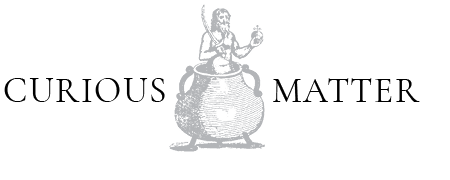A Lesser Doxology
New Photographs & Constructions by Arthur Bruso
July 5 – August 30, 2009
Ectoplasm. Cotton string, cardboard tape spool, cellophane,steel wire, museum mat board, wood, acrylic paint, glass. 3 x 2 x 2 inches.
Rising Light. Photograph. 16 x 10 inches overall.
AS IT WAS IN THE BEGINNING, is now, and ever shall be, world without end,” is from a statement of praise known as the ‘lesser doxology’, which is repeated during the Christian liturgy. Arthur Bruso’s new exhibition of photographs and constructions touches on that sense of the eternal, and our perpetual search to find meaning and elegance in a patient universe. Bruso explains, “cosmological themes lend themselves to conceptual interpretation because of the nature of Physics. Most of what we know about the universe comes from mathematical models, not direct observation like much of Biology.”
Humble materials and celestial regard permeate Bruso’s work. His photographs and constructions identify the exalted in the overlooked. The constructions incorporate, variously, small department store gift boxes, toy fragments, broken costume jewelry and other discarded bits and pieces. The objects are glued and wired together in miniature dioramas calling to mind an intersection of Joseph Cornell and arte povera. While the twisted wires and apparent brush strokes of the painted boxes evoke a bit of the tinkerer at work, Bruso manages to coax harmony and ennoble his simple treasures. A Spirograph wheel, rhinestone earring and twisted bracelet form a glittering Galaxy whereas biology and spiritualism are conjured with a tangle of cotton string in Ectoplasm.
The exhibit’s four miniature constructions are presented along with nine photographic works. Just as Bruso’s constructions separate objects from their original purpose his photos divide what is depicted from a specific time and place to transcend documentary considerations, recalling the abstract expressionist photography of Aaron Siskind. A celestial map, chalk symbols on pavement, and the flicker of chandelier light are some of the subjects. However, Bruso embraces a degree of chance–– double exposure, flash glare and blur––lending the photos an enigmatic quality. Four of these works are diptychs and juxtapose shapes and patterns. For example, the ellipse of a hedge next to the same shape found embedded in concrete hint at cataloging efforts that might reveal a clue to one of the great mysteries. In another work, a cascade of light makes manifest a heavenly occurrence but maintains an earthly sense of the man-made.
Bruso has created intimate works that are playfully reverent. He shuttles the viewer between the modest and the sublime while suggesting no tool––aesthetic, spiritual or scientific––is off limits in exploring the workings of the universe, and he seems particularly content to combine all three.
—Raymond E. Mingst, curator


